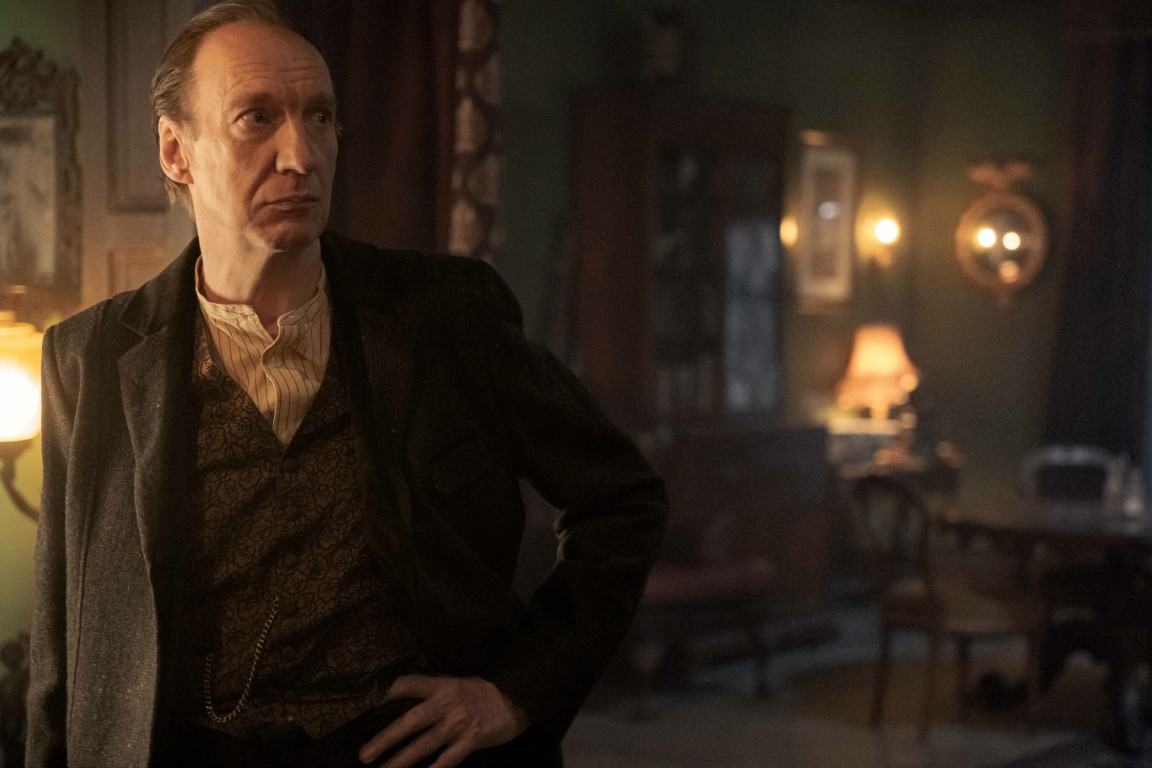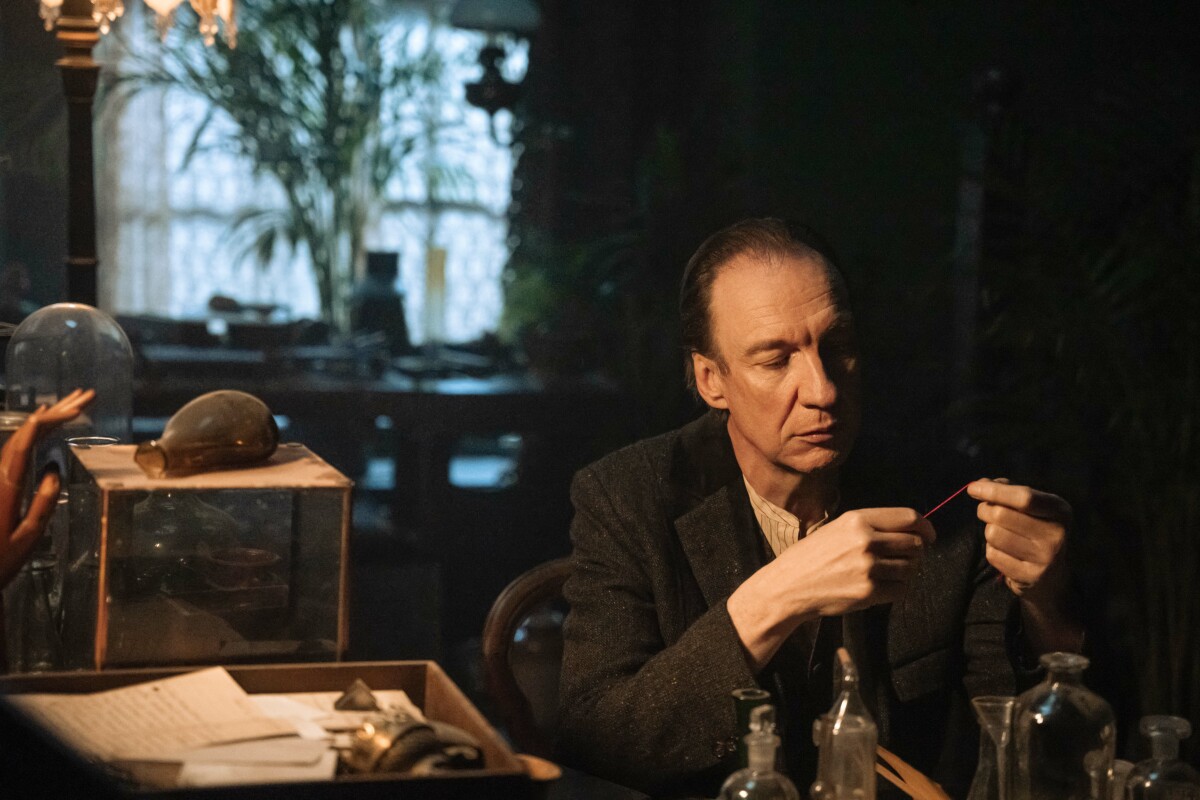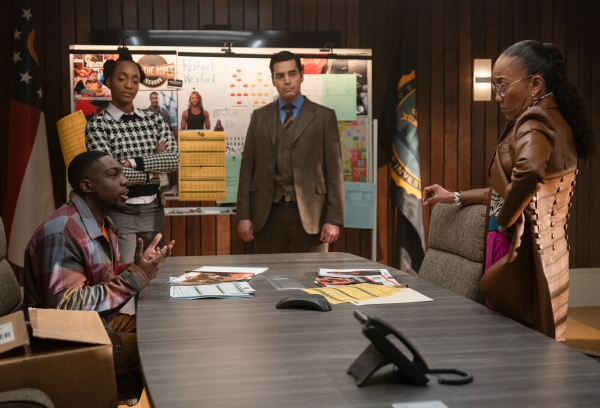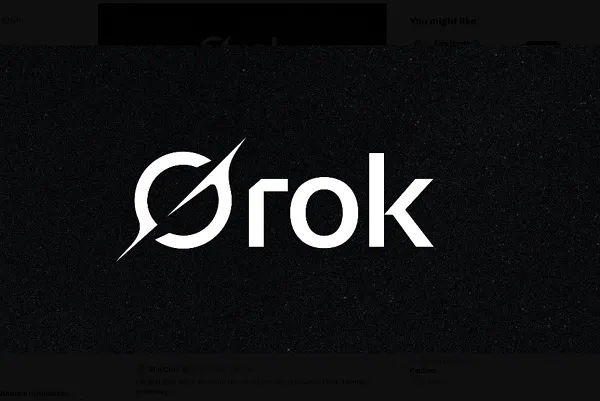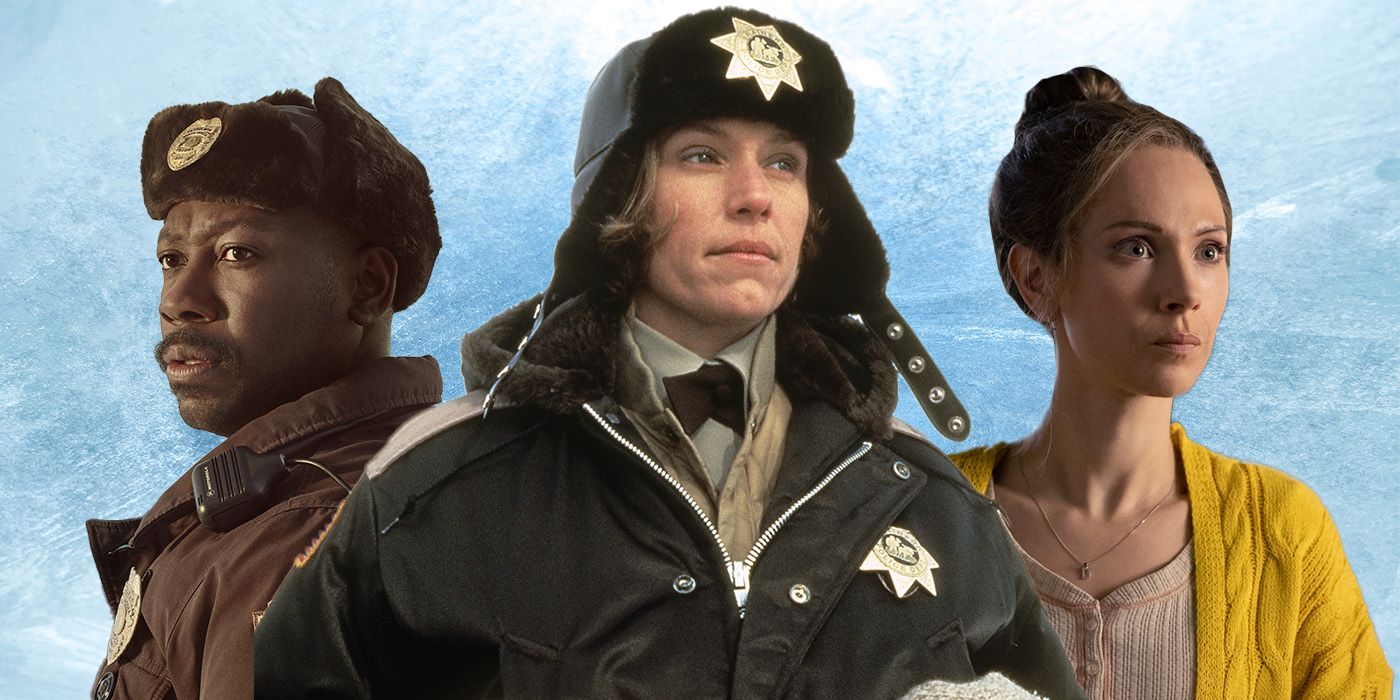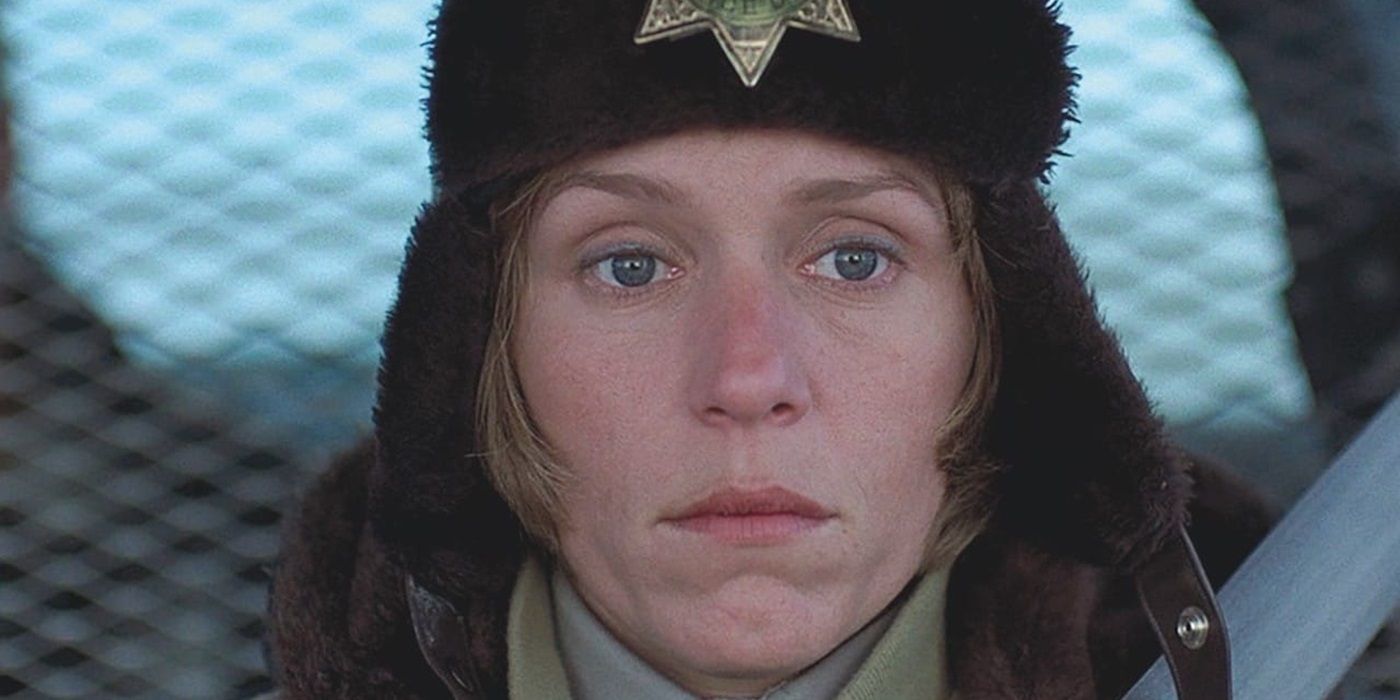The Big Picture
- The “true story” disclaimer in the film
Fargo
was added to set a specific tone for the movie, even though the events depicted are not real. - The Coen Brothers did incorporate some real-life details into the film, such as the wood-chipper scene, which was inspired by a real murder case.
- The TV series
Fargo
pays homage to the film with a similar “true story” disclaimer at the beginning of each episode, although the stories are fictional.
Joel and Ethan Coen‘s 1996 masterpiece Fargo opens with a very specific disclaimer: “This is a true story. The events depicted in this film took place in Minnesota in 1987. At the request of the survivors, the names have been changed. Out of respect for the dead, the rest has been told exactly as it occurred.” And from there, the Coens spin a tale that seems too hilariously perverse to be true. So what’s the real story here? Was Fargo based on actual events? Or were the Coens just pulling our legs all along?
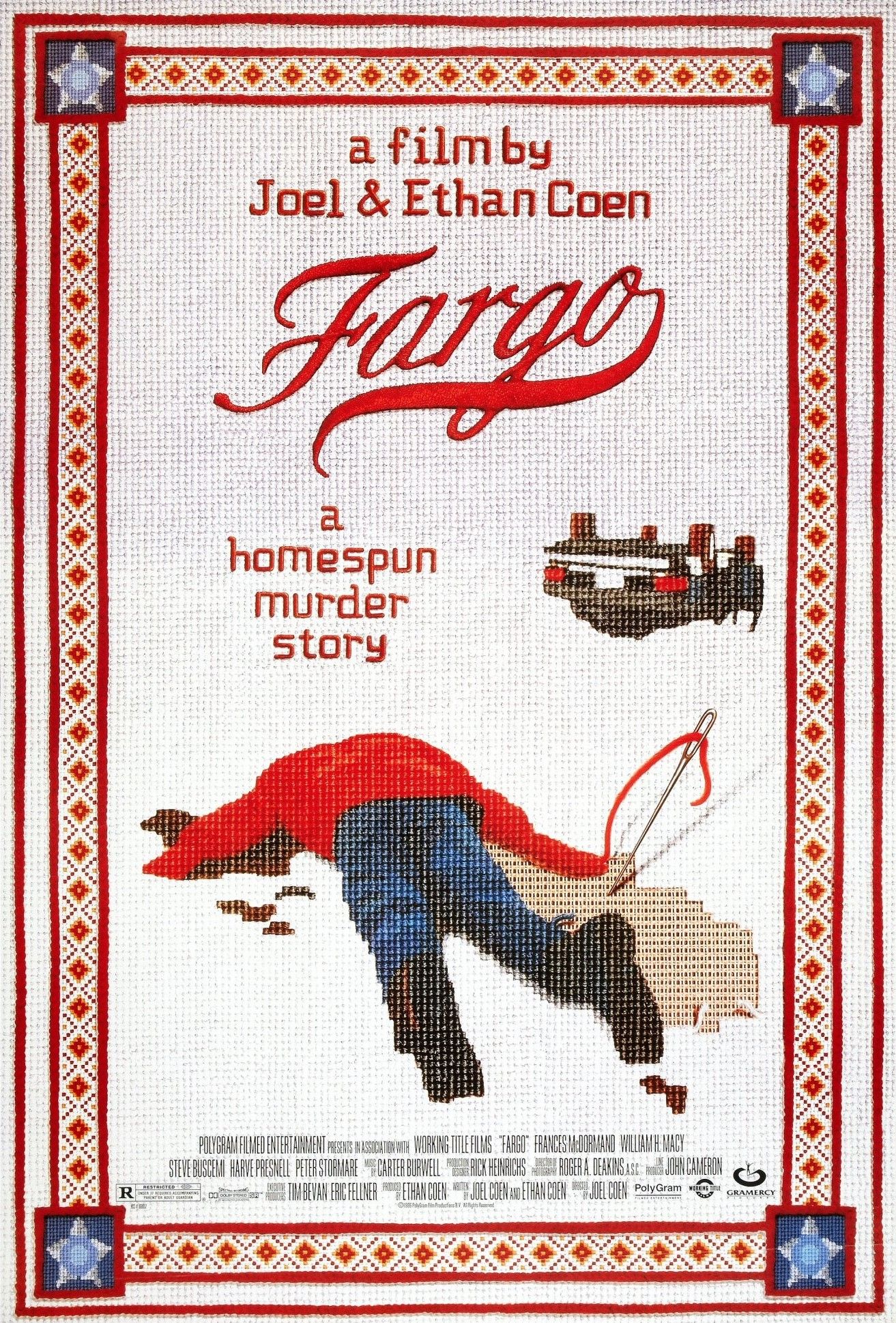
Fargo
Minnesota car salesman Jerry Lundegaard’s inept crime falls apart due to his and his henchmen’s bungling and the persistent police work of the quite pregnant Marge Gunderson.
- Release Date
- April 5, 1996
- Director
- Joel Coen , Ethan Coen
- Runtime
- 98
- Main Genre
- Crime
The Coen Brothers’ ‘Fargo’ Is Not Really Based on a True Story
Well, one thing we can say for certain is that, despite what they want you to believe, the Coens were definitely not dramatizing any real-life event “exactly as it occurred.” Fargo tells the story of Jerry Lundegaard (William H. Macy), a financially-strapped Oldsmobile dealer who hires two ne’er-do-wells, Carl and Gaear (Steve Buscemi and Peter Stormare), to kidnap his wife (Kristin Rudrüd). Jerry’s plan is to use the kidnapping to extort his father-in-law (Harve Presnell), who owns the dealership where Jerry works, for some much-needed cash.
Being that this is a Coen Brothers film, it’s easy to guess that the criminals end up not being very bright, and things quickly spiral out of control, especially once a savvy and very pregnant police detective by the name of Marge Gunderson (Frances McDormand) starts working the case. After Gaear murders a state trooper, he starts butting heads with Carl, while Jerry grows more and more desperate to retrieve his wife. It would be tragic if the Coens weren’t so good at finding the dark humor in the most bizarre and violent of circumstances. Jerry’s extortion attempt ends up completely collapsing, while Carl finds himself on the wrong end of a wood-chipper in the film’s most gruesome (and probably most famous) scene.
‘Fargo’s “True Story” Disclaimer Was Only Meant to Set the Film’s Tone
Which all leads us back to the question: Is any of this a true story as the film claims? For the most part, the answer is no. In 2016, in honor of the film’s 20th anniversary, Ethan Coen told HuffPost that the disclaimer was added to the film to set a specific tone. “We wanted to make a movie just in the genre of a true story movie,” he said. “You don’t have to have a true story to make a true story movie.” In essence, the Coens wanted the film to carry the feeling of being a sordid true-crime drama, even if the events being presented never actually happened. However, the “true story” claim isn’t entirely a full-on fib, as the Coens did cherry-pick a few details from real life to include in the movie.

‘Fargo’s Best Duo Isn’t Who You Think
The film and series feature countless double acts, but this one takes the cake!
The wood-chipper bit was inspired by a real-life murder that occurred in Connecticut about a decade before Fargo was released. A man named Richard Crafts was arrested and found guilty of killing his wife and using a wood chipper to dispose of her body. And Joel Coen told HuffPost that Macy’s character was loosely inspired by a real General Motors employee who attempted to defraud the company by “gumming up” the serial numbers for some of their automobiles — a scam similar to the one the film hints Jerry is involved with before he moves onto kidnapping.
Is ‘Fargo’ the TV Show Based on a True Story?
So, like many filmmakers before them, the Coen Brothers snatched a few real-life details to incorporate into their very fictional movie. The disclaimer claiming all of it is true is just a bit of stylistic sleight of hand. This actually makes it great fun that the disclaimer continues to live on in Noah Hawley’s excellent TV series Fargo, which was inspired by the original film and has run for five seasons on FX, with more potential seasons on the way.
Fargo the TV series has a number of sly connections to Fargo the movie, with the most notable being that the briefcase full of money that Buscemi’s character buries in the snow in the film ends up resurfacing in the show during its first season. But one of the most obvious callbacks is that each episode of the series opens with the exact same bit of text proclaiming that what you’re about to see is a “true story,” “at the request of the survivors, the names have been changed,” and “out of respect for the dead, the rest has been told exactly as it occurred.”

‘Fargo’s Juno Temple Digs Into Season 5’s Emotional Final Moment
As a fan of the previous films, Juno Temple hopes that her ‘Venom 3’ character will surprise people.
The only thing that changes from season to season is the date and location given, as Fargo the TV show is an anthology that jumps around time and place to tell a new story each season. (As a quick reminder, Season 1 has Martin Freeman‘s meek insurance agent being terrorized by Billy Bob Thornton‘s agent of chaos. Season 2 gives us Kirsten Dunst and Jesse Plemons trying to wiggle out of trouble after they sort of accidentally murder a mob boss’ son. Season 3 is the one where Ewan McGregor plays twins and Carrie Coon shows up, too. Season 4 is set way back in the 1950s and, interestingly, gives Chris Rock a big dramatic role. Season 5 is the latest and finds Juno Temple‘s fierce housewife trying to escape her brutal ex-husband, a menacing sheriff played by Jon Hamm.)
As with the film, Hawley’s use of the disclaimer helps set the tone for each episode, but also, like the movie, it’s really just a load of bunk.
Fargo (1996) is available to watch on Max in the U.S.









































